
|
For thousands of years people have used plants for various reasons; their nourishment value, healing properties, flavor enhancing, scenting, etc. Another, less agreeable use is for mind alteration purposes. Some of these were used for religious ceremonies while other were used for recreation. These seven addictive plants are still in common use today, despite the fact that information about them is widely available. |
|
1. Areca Nuts |
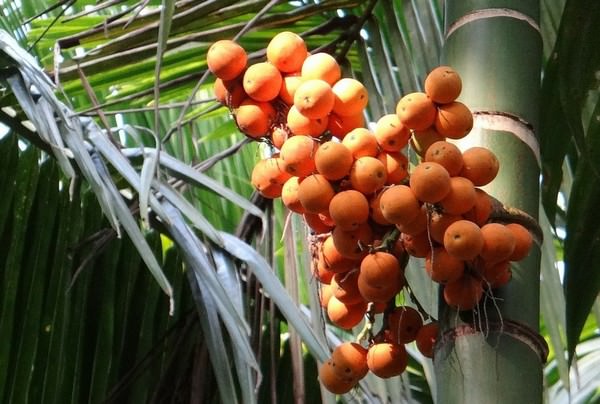 |
|
Arcea nuts are often used in a similar manner as chewing tobacco, and likewise, they can lead to oral cancer. They are most commonly used in India and Pakistan as part of a substance called Paan. |
|
2. Coca Leaves |
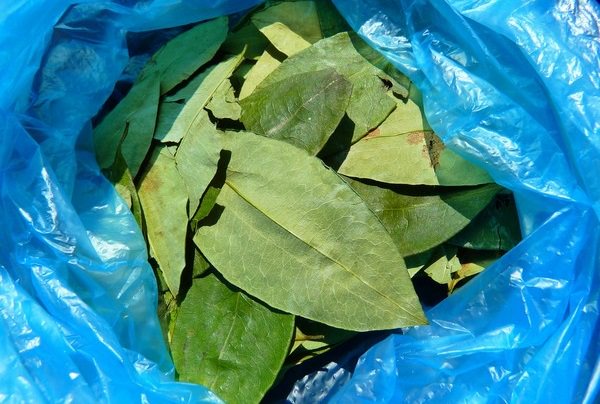 |
|
The leaves of the Coca plant are commonly used in South America, and particularly in Bolivia (The average Bolivian consumes about 2oz. of Coca leaves a day). The leaves are particularly helpful in combating altitude sickness and are sold on the street by vendors. The Coca leaves’ extract is known as the drug cocaine, but another use for the leaves is in the production of Coca-Cola. |
|
3. Amanita Muscaria (Fly Agaric) |
 |
|
Amanita muscaria, also known as Fly Agaric is wild mushroom that can be used to alter the mood. Amanita intoxication can be described as depressant, sedative-hypnotic, dissociative, and deliriant; paradoxical effects may occur. Perceptual phenomena such as macropsia and micropsia may also occur. (source) Direct consumption, however, is poisonous and can be deadly. |
|
4. Kava |
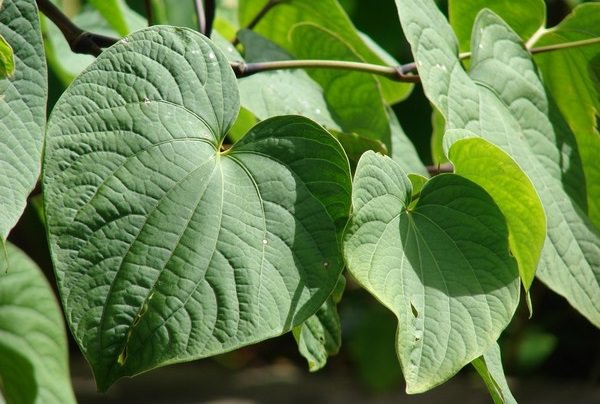 |
| Source |
|
Kava’s most prominent use is as a drink, made from the plant’s root. The drink is used as a sedative and helps the user by calming him or her down, without the loss of mental clarity. Use is considered to be psychologically addictive, but toxicity cases are very rare, so the plant is still legal in most countries in the world. |
|
5. Khat |
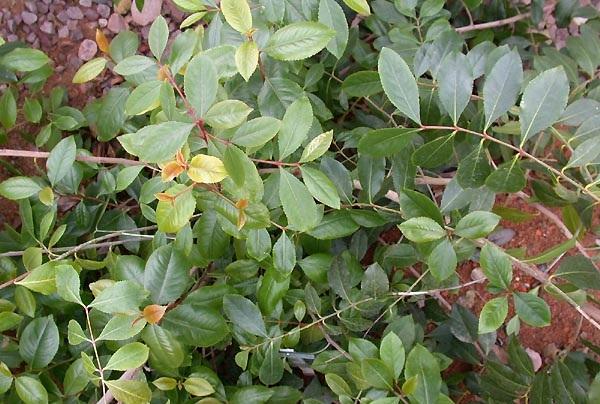 |
|
40% of Yemen’s irrigation is used for growing khat, thanks to the euphoric feeling chewing it provides, which is similar to those of amphetamines. Chewing the leaves is common practice in Yemen and Somalia, as well as other countries in that region. The problems with khat are that it creates a long-term psychological addiction, as well as liver failure, oral cancer, and ulcers. |
|
6. Yerba Mate |
 |
|
Yerba Mate is a species of holly and is known to cause several types of cancer. It is an appetite-suppressant, as well as able to help in maintaining mental focus, leading to widespread consumption across South America and is even found in health stores. |
|
7. Salvia Divinorum (Seer's Sage) |
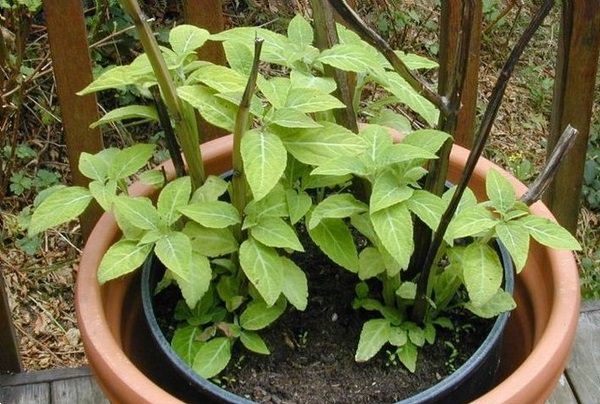 |
|
Salvia divinorum, also known as Seer’s Sage or Diviner’s Sage, contains psychoactive chemicals that lead to hallucinatory experiences, as well as “visions”. The plant originated in the jungles of Mexico, where shamans used it in religious ceremonies and spiritual healings. Salvia is known for its low-toxicity levels, so it is not illegal in most countries in the world, but inhaling the smoke from burning the leaves can trigger very quick hallucinatory reactions in people. Oddly enough, in recent research, it was discovered that salvia may not be addictive and can even help treat certain types of drug addictions. This, however, remains to be seen. |
| H/T: viralnova.com |
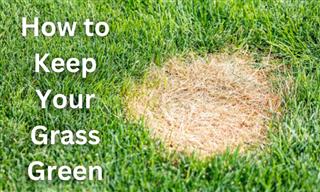
A Guide to Identifying and Treating 8 Common Lawn Problems
Discover 8 common problems in gardens and lawns and how they can be treated
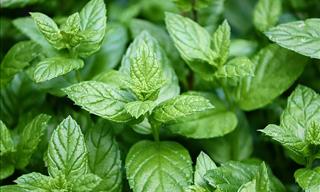
Just a Dash of This Common Herb Can Benefit Your Wellbeing
Learn what health issues peppermint is most beneficial for and how to use this herb to improve your wellbeing right here.

Can Sniffing Rosemary Improve Your Memory?
For hundreds of years, Rosemary has been thought to improve memory. A study carried out by researchers from Northumbria University has shown that it does.

8 Secret Herbs the Native Americans Used to Cure
Discover the plants the Native Americans used for curing just about any ailment.

WARNING: Avoid These 15 Supplement Ingredients
Just because nutritional supplements don't need a prescription, doesn't mean they are safe! The following 15 supplement ingredients do more harm than good!
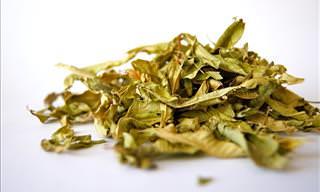
Want a Strong Immune System? Eat These
On the days that I feel tired and run down, or whenever I feel as though I am about to get a cold, or indigestion, these 7 plants never let me down.
 16:30
16:30
Constantly Clearing Your Throat? Try These Remedies
Frustrated with constant throat clearing? Try these remedies.

This Tasty Drink Will Help You Shed Those Extra Pounds
If you struggle to lose weight, this healthy and tasty drink could be the answer to your prayers!

Make Your Dry Cough Disappear With These Handy Tips
A dry cough can be incredibly unpleasant and annoying, but you don't have to suffer for days on end until it clears. Here are 5 tips for getting rid of one.

10 Simple Habit Changes Will Help You Quickly Lose Weight
Ten easy to follow habit changes that will help you take down those pounds much sooner.

10 Most Frequent Misdiagnoses Made by Doctors
In the US, 1 out of every 20 adults are misdiagnosed. Here are 10 conditions that are commonly missed or mistaken for something else!

If You Want to Live Longer... Bend Over More Often!
Add more years to your life by doing this one, simple exercise every day.
 9:44
9:44
Every Senior Must Do These Simple Seated Exercises
Seniors will find this video extremely helpful.
 12:55
12:55
STOP Calf Pain - The Best Stretches for Your Sore Calves
Get rid of your calf pain for good with these simple exercises.

ARFID: An Undiagnosed Eating Disorder?
In the ever-evolving realm of psychological disorders, Avoidant Restrictive Food Intake Disorder (ARFID) has emerged as a puzzling newcomer in recent years.
 7:22
7:22
Try This Natural Drink to Detoxify and Cleanse Your Liver
This natural, easy-to-make drink can do wonders to your liver!
 5:03
5:03
The Secret to Flexible Muscles: How Stretching Works
Discover the actual effects of stretching on your muscles and learn ways to enhance your flexibility.
 4:53
4:53
You Are What You Eat: How Foods You Eat Affect Your Mood
In recent years we discovered how incredibly important a good diet is in preventing neurodegenerative diseases. Here's how it works.
 7:21
7:21
Can Aging Be Cured in Your Lifetime? It May Be So...
Could there be a cure for aging? Watch this video and find out!

New Study: Does Viagra Protect Against Alzheimer's?
This 2024 study finds fascinating evidence linking sildenafil to the prevention of Alzheimer's disease
 6:19
6:19
Is Your Keyboard Hurting Your Wrists? Here’s How to Fix It
Did you know that your keyboard can damage your wrists? This video shows how to use it safely and 3 exercises that to counteract the damage
 2:17
2:17
Sit Like This at the Computer to Avoid Backache
This brilliant video shows you how you can avoid back pain when sitting at your computer.

For Great Health, Add Goji Berries to Your Shopping List!
From fighting aging to a super-charged immune system, this miracle fruit carries with it so many health benefits it should be in everyone's shopping cart.
 6:37
6:37
3 Ways to Get Rid of Heartburn WITHOUT Using Antacids
Struggling with acidity and heartburn issues? These tips will help.
 5:38
5:38
Discover What Happens In Your Body When You Have a Fever
Have you ever wondered exactly why does our body produce a fever? Find out more in this video.
 9:22
9:22
How to Effectively Improve Leg Circulation by About 75%
Here’s how you can improve blood circulation in your legs and feet effectively.
 8:35
8:35
Health Tips: The Best Natural Alternative for Viagra
Drinking this healthy drink everyday can help cure erectile dysfunction
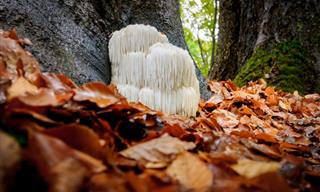
Breakthrough: Lion's Mane Mushrooms Boost Memory & Nerves!
Researchers have recently uncovered the mushroom's potent compounds, particularly hericene A, that could help nerve cells grow and better interact with each other.

Hemorrhoids: How to Treat Them the Natural Way
In this article you will find out what are the causes of the problem, what are its symptoms, how to alleviate it in natural ways as well as other ways to deal with its symptoms.
 11:29
11:29
Watch 20 Doctors Give Their Best Health Tip
20 top doctors, each an expert in a different medical field, all sharing one valuable health tip - packaged neatly into a single, convenient video
 5:14
5:14
Is Sleeping a Full 8 Hours a Night Not a Good Idea?
A neuroscientist explains why eight hours of sleep every night might not be best for you.
 6:20
6:20
Is Breakfast REALLY the Most Important Meal?
Breakfast is the most important meal of the day - truth or myth? Watch to find out what happens to your body when you stop eating breakfast for two weeks.

Say Goodbye to Your Double Chin with These 5 Exercises
These 5 exercises will help give your chin a tighter, younger, and healthier look, and eventually to help you get rid of a double chin all together.
 4:58
4:58
Here’s How You Can Lose the Fat UNDERNEATH Your Belly
Visceral fat is found inside your abdominal cavity. Getting rid of it can be a challenge, but not if you follow these simple tips.

I Never Knew That Cassia Cinnamon Is Poisonous!
Not all cinnamon is good for you. Shockingly, most of the cheap cinnamon, cassia, can cause liver damage. Here's how to avoid it.

In an Emergency, It's Crucial to Know Some CPR...
This guide will take you through the information you need to know to perform CPR. Let's hope you never need to use it.
 11:53
11:53
The 6 Best Artery-Cleansing Vitamins and Supplements
These vitamins and supplements will help keep your arteries clean.
 4:38
4:38
How to Fix Your Sleep Schedule – Science-Backed Facts
Find out how your circadian system functions as an internal clock to keep your body running.
 6:02
6:02
Foot Hurts When Walking? Avoid These Mistakes!
Does your foot hurt while walking? You might be making some mistakes without even realizing.
 6:22
6:22
The 10 Most Effective Exercises for Neck Pain Relief
Get quick relief from a stiff neck with these easy stretches.
 2:02
2:02
5 Common Myths About Sugar We Must Stop Believing
In this video, we discover the truth behind 5 of the most common myths about sugar.
 5:00
5:00
Here's What Your BMI Does NOT Mean...
Many people use BMI (Body Mass Index) as a way of working out their level of physical fitness, however the results are typically far from accurate...
 4:44
4:44
Who's Most At Risk of Colon Cancer? Find Out Here!
Colon cancer is one of the leading causes of cancer and deaths in the world. So who’s most at risk? How can it be screened? Find out here!
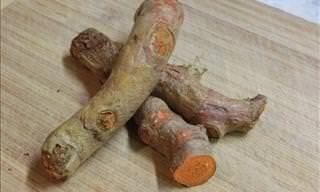 5:26
5:26
WARNING: Who Shouldn't Consume Turmeric? Find Out Here
Discover more about who shouldn't consume turmeric or curcumin in this video:
 14:44
14:44
How to Increase the Amount of Oxygen in Your Blood
How can we make sure we're getting enough oxygen in our breathing? This video will make sure you know how.
 2:24
2:24
What is a Normal Heartbeat, and and Why Does it Change?
What is a normal heartbeat? And do we get the same speed over all our life time? This video is about to give you those answers, and more...

Warning: The Places Bacteria Hides...
The truth about hand washing and the spread of bacteria. This could keep you healthy longer!


